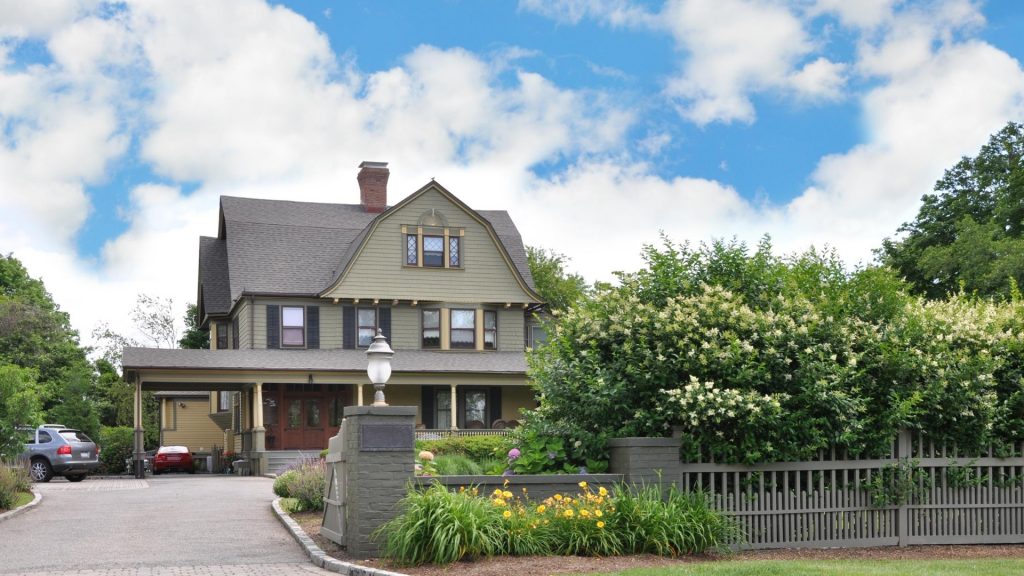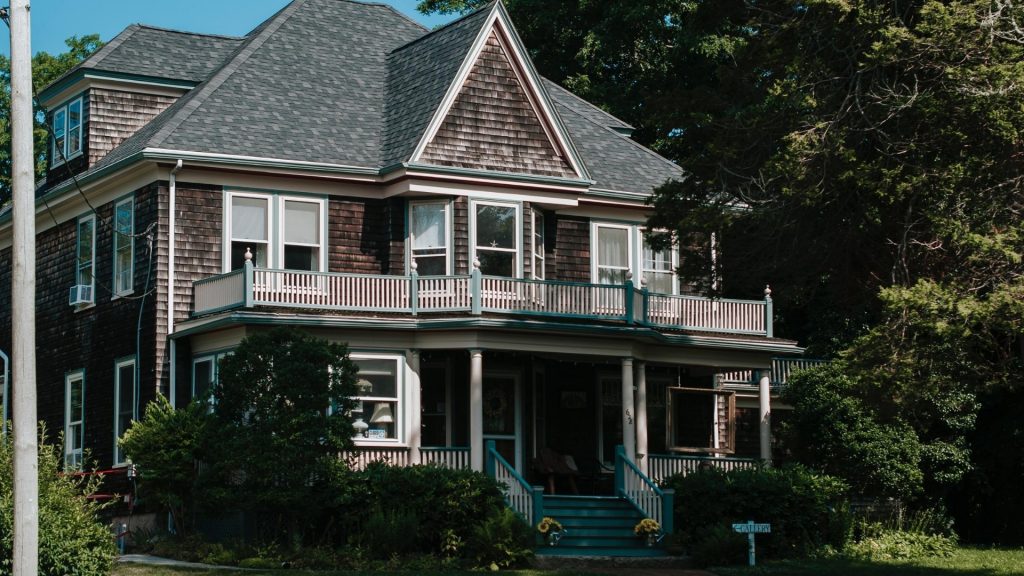Sometimes, there’s nowhere to go but up! As communities become more densely populated, this approach becomes more prevalent. You love your neighborhood, the neighbors, school zones, and the home you own, so you don’t want to move. Sometimes the only solution is to build up or out to accommodate the need.
Build Up or Build Out? That is the Question!
You can’t build out sideways without bumping into your neighbors, and you usually can’t build in front, because you’re fenced in by roads and sidewalks.
Some folks with backyards can add on at the rear, but local zoning restrictions often put limits on how much you can do. When you build in the back, you are restricted to a ten-foot addition maximum. Keep in mind that you cannot go further than 10 feet past your next-door neighbor’s rear elevation.
In this scenario, maybe building in the backyard isn’t feasible. The only solution at this point is to add another level to your structure. And while zoning laws dictate that a backyard addition can only occupy a certain percentage of your total lot space, no such rule applies to third-floor additions.
Building up is a great way to add space without having to expand the property itself. And while it does come with its own share of challenges, a third-floor addition can give you the square footage you need and a stunning look that you’ll love.
 Minimum Requirements
Minimum Requirements
Now, there are a few critical requirements dictated by Howard County zoning law or DC zoning law. If your rowhouse doesn’t meet these minimum specifications, there’s no way you’ll be approved for a third-story addition.
Here are a few points to consider:
- Constructing an additional level is dependent on your property and the existing structure’s load-bearing ability. Your home will be subject to inspections by permit officials to ensure that the soil, foundations, and your home’s structural integrity can handle the extra weight.
- Your structure, including the addition, cannot exceed a height of 40 feet.
Assuming your home and building plans meet those standards, we should be okay to apply for permits and move forward.
Additional Considerations
A third-story addition doesn’t have to cover the entire surface area of the structure. In fact, many homeowners have additions that are recessed from the building’s facade, and only cover the back half or third of the structure. This is especially important in some situations where additions to the front of the home may not be fully integrated into the rest of the building. If it isn’t part of the original building, the joists might be incapable of supporting an extra level.
 Getting the Look
Getting the Look
Aesthetically, you don’t want your third-floor addition to stick out like a sore thumb, especially if it’s the only unit in the rowhouse that has one. It’s important to carefully choose the placement and design, so the addition doesn’t jut out over the front of the building or overshadow adjacent units.
Breaking it Down
When you add a level, the construction is pretty invasive. At a minimum, the ceiling of your second floor will be removed to place the additional level on top of it. Your construction team will likely need to reinforce your second-floor ceiling joists to support the extra weight.
You need to think about the interior layout of the addition too. For example, we’ve found that the best location for a staircase to the top level is stacked over top of the existing staircase from the first to second level.
You Might Need a New HVAC System
Your third floor will also need to be equipped with electrical, plumbing, and HVAC. The HVAC that services your first two floors may be powerful enough to run up to the top level, but if it isn’t, you will need to create an entirely new zone, either with an additional unit or a new one that can handle the whole house. If you decide to go with the former approach, you can add an electrical subpanel to reach the top floor.
What Will The Neighbors Think?
Ideally, your neighbors will be amenable to your project. A third-floor addition can be an intensive, busy, and loud process, so you need to keep them informed about construction so they can anticipate the disruption.
Will You Need to Move?
It will be challenging to live in your home during construction, so you might want to make alternate arrangements. We always suggest building these costs into your budget, so you are covered in any case.
Let’s Talk Budget
Lastly, a vertical addition can be quite pricey. You should anticipate spending anywhere between $250,000 and $500,000 for a quality unit. But if you have the budget for it, you can reap the rewards of the additional space and the value it will add to your lifestyle. Reach out today, and let’s start the conversation!



 Getting the Look
Getting the Look

